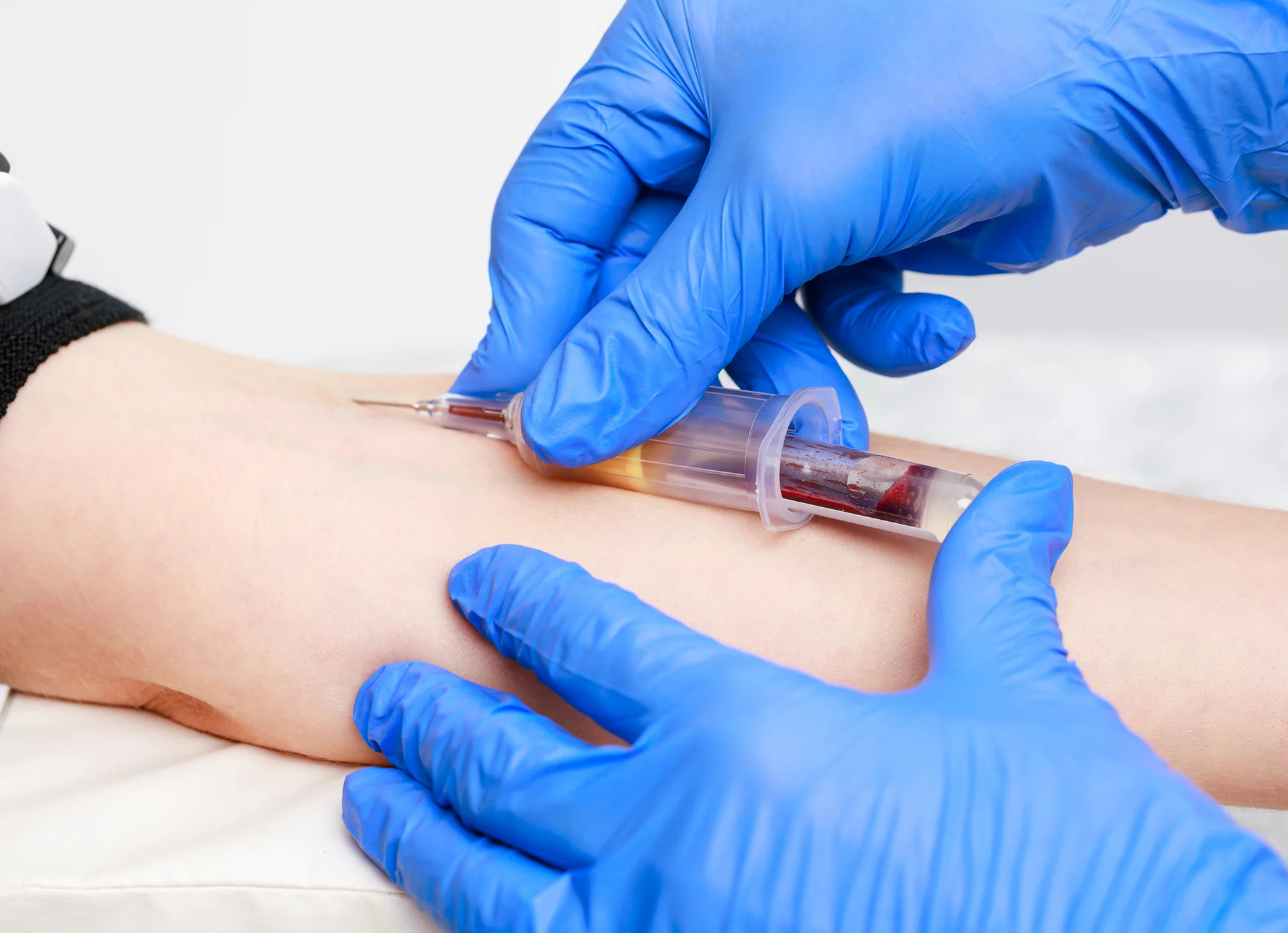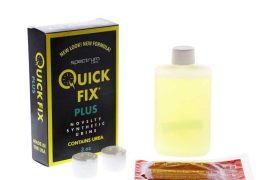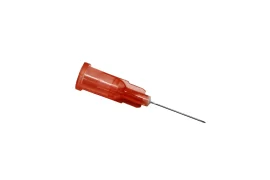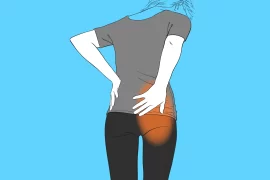Needles come in a wide variety of sizes and types, and their selection is an important part of the blood collection process. One type often used is the 23 gauge needle, which is a popular choice due to its low cost and minimal pain for patients. Before we explore the different types available, let’s look at how much a 23 Gauge Needle price can vary depending on where you purchase it from.
The anatomy of a needle
Before we look at the different types of needles used to draw blood, it’s important to understand the anatomy of a needle. All needles are made up of three main parts: the hub, the shaft and the taper (point). The hub is usually made of plastic or metal and acts as the attachment point between the needle and the syringe; it also acts as a protective barrier when the needle is inserted or removed. The shaft is usually made of stainless steel or titanium alloy and contains grooves to help guide fluid through the needle; this area may also have markings to indicate size and length. Finally, the bevel (point) consists of two cutting surfaces that make it easier to puncture the skin.

Gauge size
Gauge size refers to how thick (or thin) a needle is compared to other needles. The larger the number, the thinner (and shorter) the needle – so 20-gauge needles are thicker than 22-gauge needles, while 25-gauge needles are thinner than all others. When selecting a gauge size for blood collection, most healthcare professionals prefer to use 18-23 gauge needles due to their high success rate and minimal patient discomfort. The most common 23 gauge needle is relatively inexpensive compared to other sizes.
Types of needles used for blood collection
There are four main types of needles used for blood collection: butterfly, safety lancets, winged infusion sets (also known as “butterfly” needles) and intravenous catheters. Let’s take a closer look at each one:
- Butterfly needles:
These hollow plastic devices have two flexible wings that allow them to be easily inserted into veins without causing unnecessary trauma; they also come with built-in vacuum systems that draw blood directly into tubes attached to them. These are commonly used in pediatric populations but can also be useful when collecting samples from people with difficult veins or those requiring small sample volumes.
- Safety lancets:
These single-use, disposable devices use spring-loaded mechanisms to quickly puncture the skin for rapid sample collection; they are generally considered safer than traditional lancet systems because they reduce the risks associated with accidental contact with contaminated instruments.

- Winged infusion sets:
Also known as “butterfly” needles, these double-ended devices have a long tube connected at each end by short flexible wings; they are inserted directly into veins by venipuncture, but can also be secured by adhesive bandages if necessary. This type of device allows healthcare providers to access larger volumes of samples in less time compared to traditional methods such as Vacutainer systems or syringes alone.
- Intravenous catheters:
Intravenous catheters provide direct access to veins through surgically implanted ports; they offer healthcare providers many advantages, including fast delivery times, reduced risk of infection and greater accuracy than manual techniques such as venipuncture. However, due to their complexity and potential risks if not managed correctly, these devices should only be used by qualified personnel.
Conclusion
When performing any procedure involving blood sampling, selecting an appropriate needle type is essential for patient comfort and successful results. From safety lancets for rapid sampling to intravenous catheters for direct access, many options are available to meet your specific needs. In addition, looking at 23-gauge needle prices before you buy can save you money – always compare costs between suppliers before purchasing!




